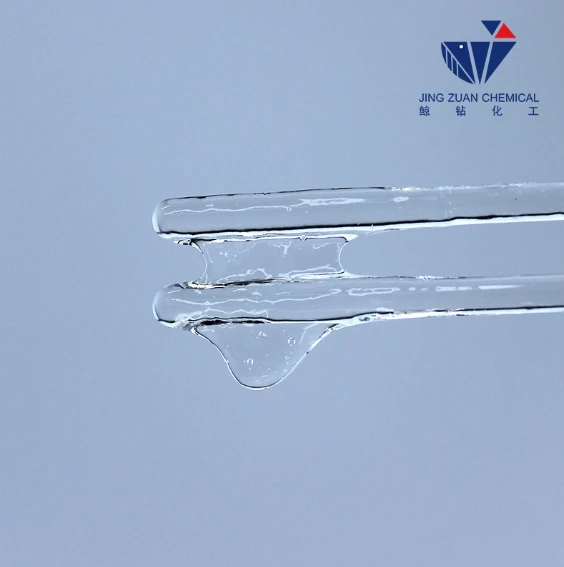
Nov . 30, 2024 13:46 Back to list
Exploring the Applications and Benefits of Methyl Hydroxyethyl Cellulose in Various Industries
Methylhydroxyethyl Cellulose Versatile Applications and Benefits
Methylhydroxyethyl cellulose (MHEC) is a non-ionic cellulose ether that has gained prominence in various industries due to its exceptional properties and versatility. Its unique chemical structure allows it to function as a thickening agent, binder, emulsifier, and film-forming agent, making it a fundamental component in a myriad of applications ranging from construction to pharmaceuticals.
MHEC is synthesized by reacting cellulose, a natural polymer derived from wood and plant fibers, with methyl and hydroxyethyl groups. This process results in a compound that retains the natural properties of cellulose while gaining additional functionalities. The result is a product that is soluble in water and can form viscous solutions, enhancing its effectiveness as a thickening agent.
Methylhydroxyethyl Cellulose Versatile Applications and Benefits
In addition to construction, MHEC is extensively used in the personal care and cosmetic industry. It acts as a thickening agent in lotions, creams, and gels, providing a desirable texture and stability to these products. Its emulsifying properties help in the formation of stable oil-in-water emulsions, ensuring even distribution and long-lasting effects of active ingredients. MHEC is also biocompatible and has low toxicity, making it suitable for use in sensitive formulations for skin care and personal hygiene products.
methylhydroxyethyl cellulose

Pharmaceutical applications of MHEC are also noteworthy. It is commonly used as an excipient in tablets and capsules, where it functions as a binder and disintegrant. MHEC aids in enhancing the bioavailability of active pharmaceutical ingredients by controlling the release rates. Its gel-forming properties allow it to be used in sustained-release formulations, which can improve patient compliance and therapeutic outcomes. The non-toxic nature of MHEC also makes it an ideal candidate for various medical applications, including wound dressings and drug delivery systems.
The food industry has also embraced MHEC for its functional properties. It is used as a thickener and stabilizer in various food products, contributing to the texture and mouthfeel without adding significant calories. MHEC can help improve the stability of emulsions and prevent phase separation in sauces, dressings, and dairy products. Its ability to retain moisture helps in maintaining the quality and shelf life of food items, making it a valuable ingredient in the formulation of processed foods.
Another area where MHEC has shown promise is in the development of eco-friendly products. With the increasing emphasis on sustainability, MHEC, being derived from natural cellulose, offers a biodegradable and environmentally friendly alternative to synthetic polymers. Its use can contribute to reducing the environmental impact of various applications, aligning with the growing demand for sustainable solutions.
In conclusion, methylhydroxyethyl cellulose is a multifunctional polymer that has established its importance across several industries. Its exceptional thickening, binding, and stabilizing properties enhance product performance and user experience in construction, personal care, pharmaceuticals, and food applications. As demand for eco-friendly materials rises, MHEC's renewable nature and biodegradability will likely position it as a key ingredient in the development of sustainable products. Its versatility and effectiveness make it a remarkable compound worthy of continued exploration and innovation, promising to meet the evolving needs of various markets.
-
Versatile Hpmc Uses in Different Industries
NewsJun.19,2025
-
Redispersible Powder's Role in Enhancing Durability of Construction Products
NewsJun.19,2025
-
Hydroxyethyl Cellulose Applications Driving Green Industrial Processes
NewsJun.19,2025
-
Exploring Different Redispersible Polymer Powder
NewsJun.19,2025
-
Choosing the Right Mortar Bonding Agent
NewsJun.19,2025
-
Applications and Significance of China Hpmc in Modern Industries
NewsJun.19,2025







